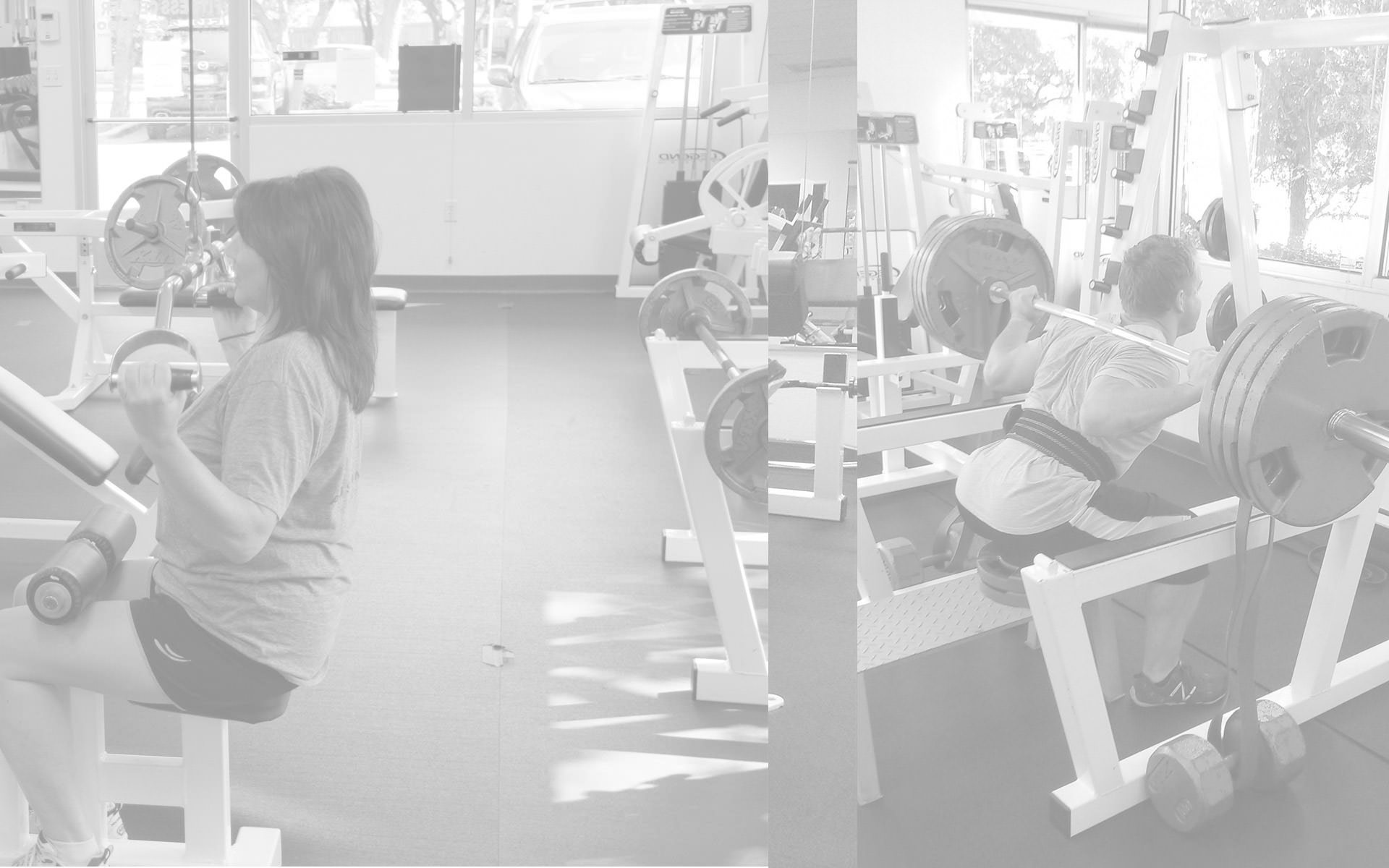Meniscus Tears
For those who aren’t familiar with what the meniscus is, it’s a half moon shaped fibrous cartilage that acts as a shock absorber in the knees because it lies between the weight bearing surfaces of the femur and the tibia. In fact, it’s responsible for absorbing one third of the joint’s impact. The menisci also provide a small amount of stability within the knee joints as they cup the joint surface of the femur. There are 2 menisci per knee. The medial meniscus and the lateral meniscus.
A very common injury to the knees is torn menisci. Any impact to the side of the leg or a strong sudden twist can easily result in a tear of either the medial or lateral menisci, or both in some cases. It’s a very common injury with basketball players, football players, etc. How do you know if you have suffered a tear? An MRI will be required to tell you definitively, however, there are several symptoms that will clue you in to the possibility that you may have suffered a tear. These include stiffness of the knee joint, a locking up of the knee when it’s bent, soreness, instability, inner pain of the knee especially when twisting or turning, and a popping sensation.
Unlike small muscle tears which can often heal themselves over time, even the smallest meniscus tear can not heal by itself. The meniscus is for the most part avascular, as there are no blood vessels inside of it which naturally means that there’s no blood flow to it except for the outermost 20% which wouldn’t be nearly enough to promote self healing.
If the meniscus is moderately or slightly torn, a surgeon will likely be able to repair the tear. If it’s a severe tear, however, the surgeon will shave the damaged cartilage through small holes employing an arthroscope. This is what’s known as arthroscopic surgery and it’s a very commonplace procedure among orthopedic surgeons. In any case, physical therapy will consist of increasing the range of motion in and around the joint as well as stabilizing the affected joint by building the leg muscles with specific emphasis being placed upon the development of the quadriceps, the adductors, and the hamstrings. It’s imperative to strengthen these muscles around the knee joint in order to stabilize the joint and remove some burden from the menisci.
I’ve been an Austin personal trainer for nearly 20 years now, and I’ve worked with more than a few meniscus tears, both degenerative, as well as traumatic. From post operative cases to the smaller tears which don’t require further medical attention. The most important thing, however, is that if the client/patient injures their knee, or any part of their body for that matter, is to quickly ascertain the exact damage as well as the extent of that damage so the appropriate steps can follow to ensure a complete and quick recovery.
Ready to Get Started?






